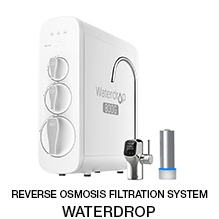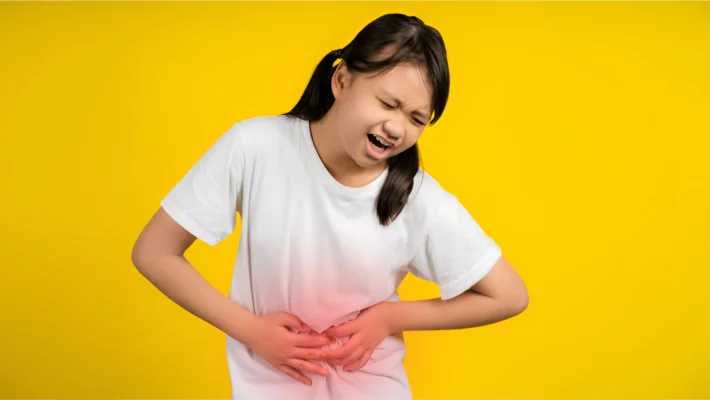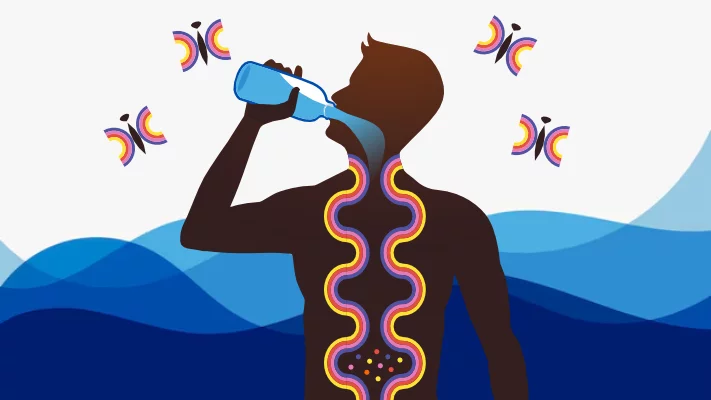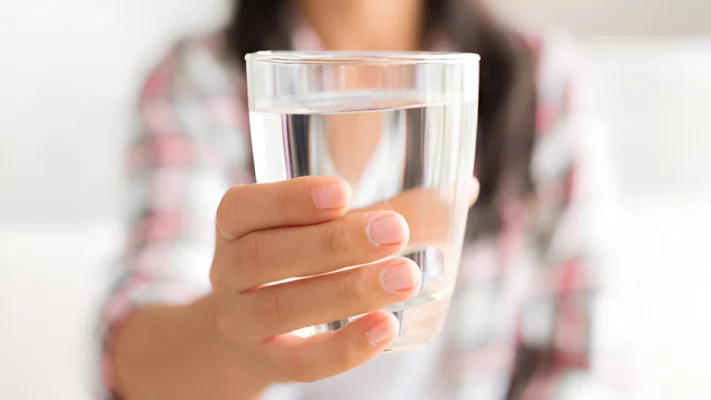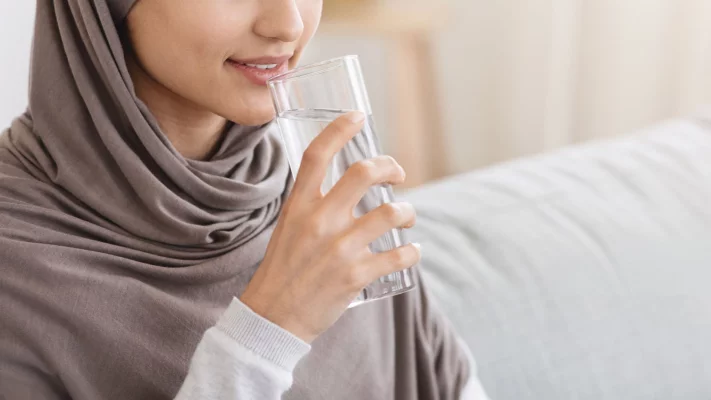- Rising Kidney Stone Cases in Children: Kidney stones are increasingly affecting children due to ultra-processed foods, antibiotic overuse, and dehydration caused by hotter temperatures.
- Hard Water as a Risk Factor: Hard water with excessive calcium and magnesium can contribute to kidney stone formation by depositing minerals in the urinary tract.
- Prevention Strategies: Key measures include staying hydrated, improving water quality with reverse osmosis systems, consuming balanced diets, and reducing unnecessary antibiotic use.
- The Role of Clean Water: Using Waterdrop reverse osmosis purifiers ensures access to pure, clean water, free from harmful minerals and contaminants, aiding in kidney stone prevention.
Kidney stones, once considered a condition primarily affecting older adults, are increasingly being diagnosed in children and adolescents. This alarming trend is attributed to a combination of modern lifestyle factors, dietary habits, environmental changes, and water quality. Recent studies and reports highlight this emerging health crisis, underscoring the need for preventative measures, including maintaining proper hydration with pure, clean water.
The New Demographics of Kidney Stones
Traditionally associated with aging and obesity, kidney stones are now affecting younger populations, including healthy children. Key drivers behind this shift include the consumption of ultra-processed foods, overuse of antibiotics, and rising global temperatures. These factors not only promote stone formation but also pose long-term risks to urinary health.
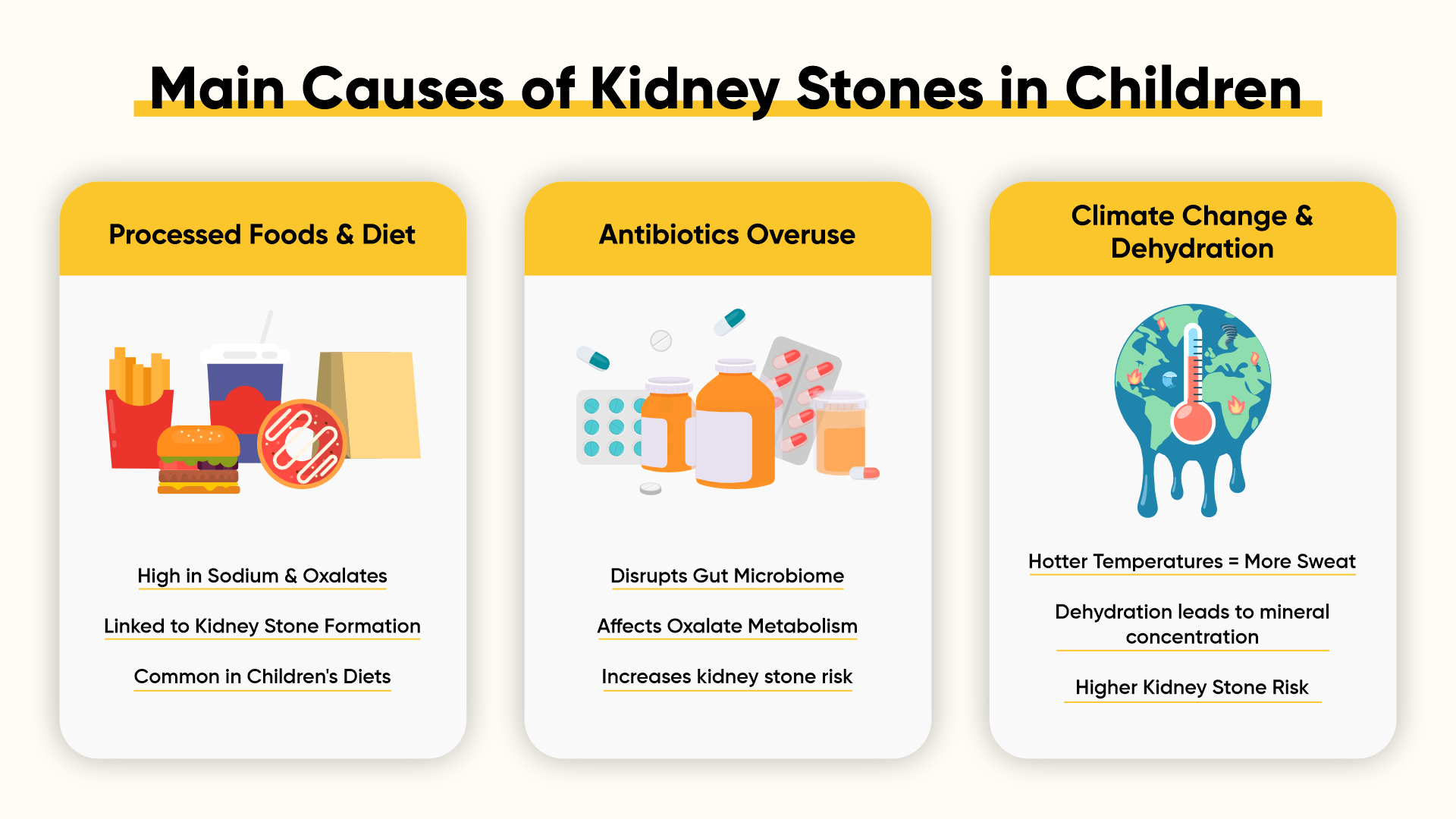
The Role of Water Quality in Kidney Stone Formation
One of the lesser-discussed contributors to kidney stones is hard water. Hard water, containing excessive calcium and magnesium, can elevate the risk of stone formation. When consumed regularly, the high mineral content in hard water deposits excess calcium in the urinary tract, increasing the likelihood of crystal and stone development. This issue is particularly concerning in areas with limited access to soft water or water filtration systems.
Solutions: Prevention Through Hydration and Lifestyle Changes
The rise in kidney stone cases among children and young adults is preventable through proactive measures that address both lifestyle and water quality:
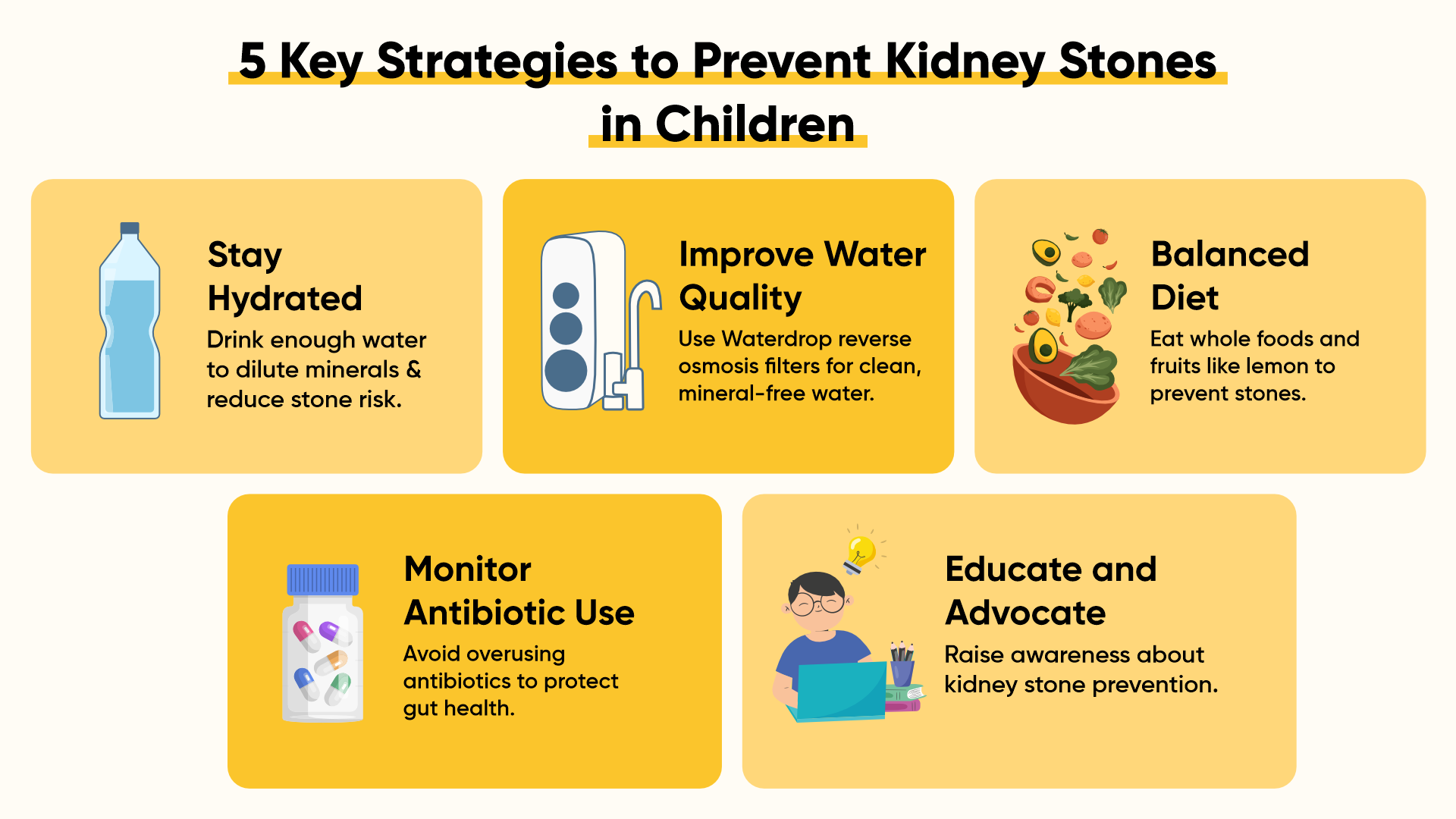
Conclusion
Kidney stones are no longer confined to the elderly or unfit; they are an increasingly common health issue for children, driven by processed food consumption, antibiotic overuse, dehydration, and hard water. Addressing these causes requires a combination of better dietary choices, proper hydration, and improved water quality. By choosing solutions like Waterdrop reverse osmosis water purifiers, families can take a significant step toward protecting their children’s urinary health and preventing the painful, long-term effects of kidney stones. Prioritize pure, clean water as the foundation of a healthier future.
Sources:
Rising kidney stones in children linked to processed foods and climate shifts - The Daily Climate

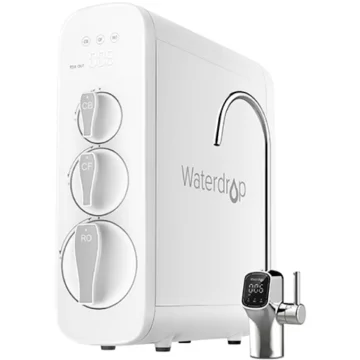 Waterdrop G3 Reverse Osmosis Water Purifier (Filter Air Minum RO)Special Price Rp. 13,708,000 Regular Price Rp. 14,900,000
Waterdrop G3 Reverse Osmosis Water Purifier (Filter Air Minum RO)Special Price Rp. 13,708,000 Regular Price Rp. 14,900,000
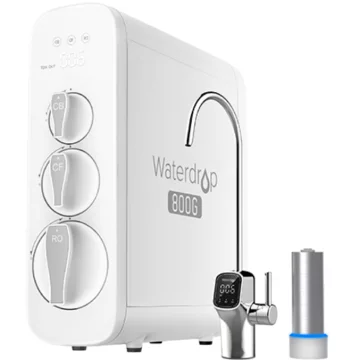 Waterdrop G3P800 Reverse Osmosis Water Purifier with UV Sterilizing Light (Filter Air Minum RO)Special Price Rp. 17,296,000 Regular Price Rp. 18,800,000
Waterdrop G3P800 Reverse Osmosis Water Purifier with UV Sterilizing Light (Filter Air Minum RO)Special Price Rp. 17,296,000 Regular Price Rp. 18,800,000


